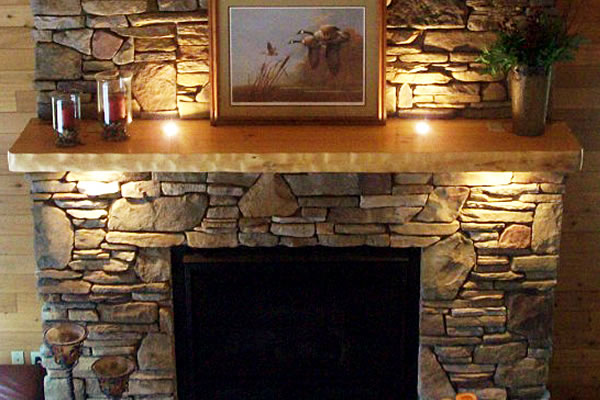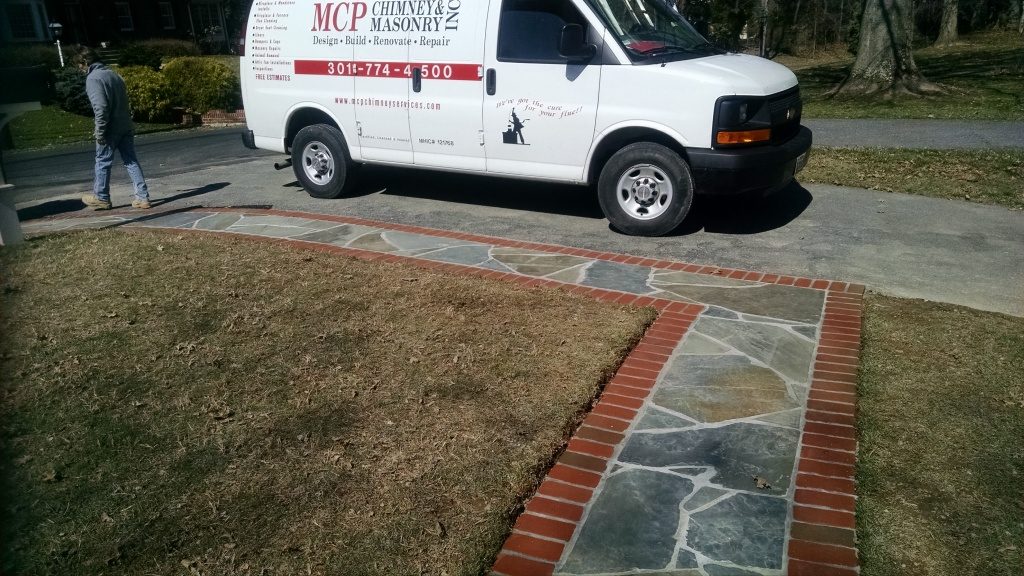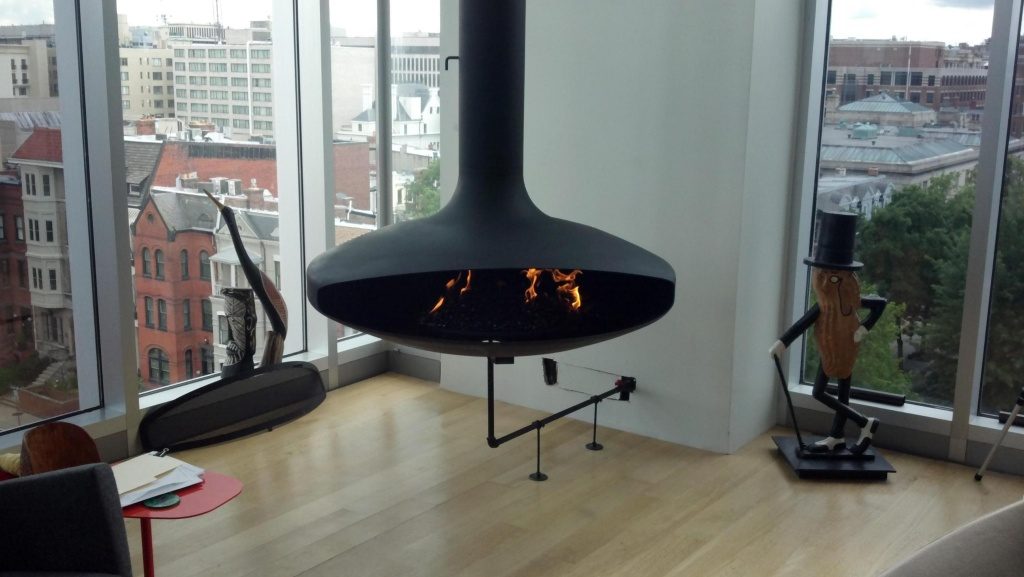The Ultimate Guide to Waterproofing
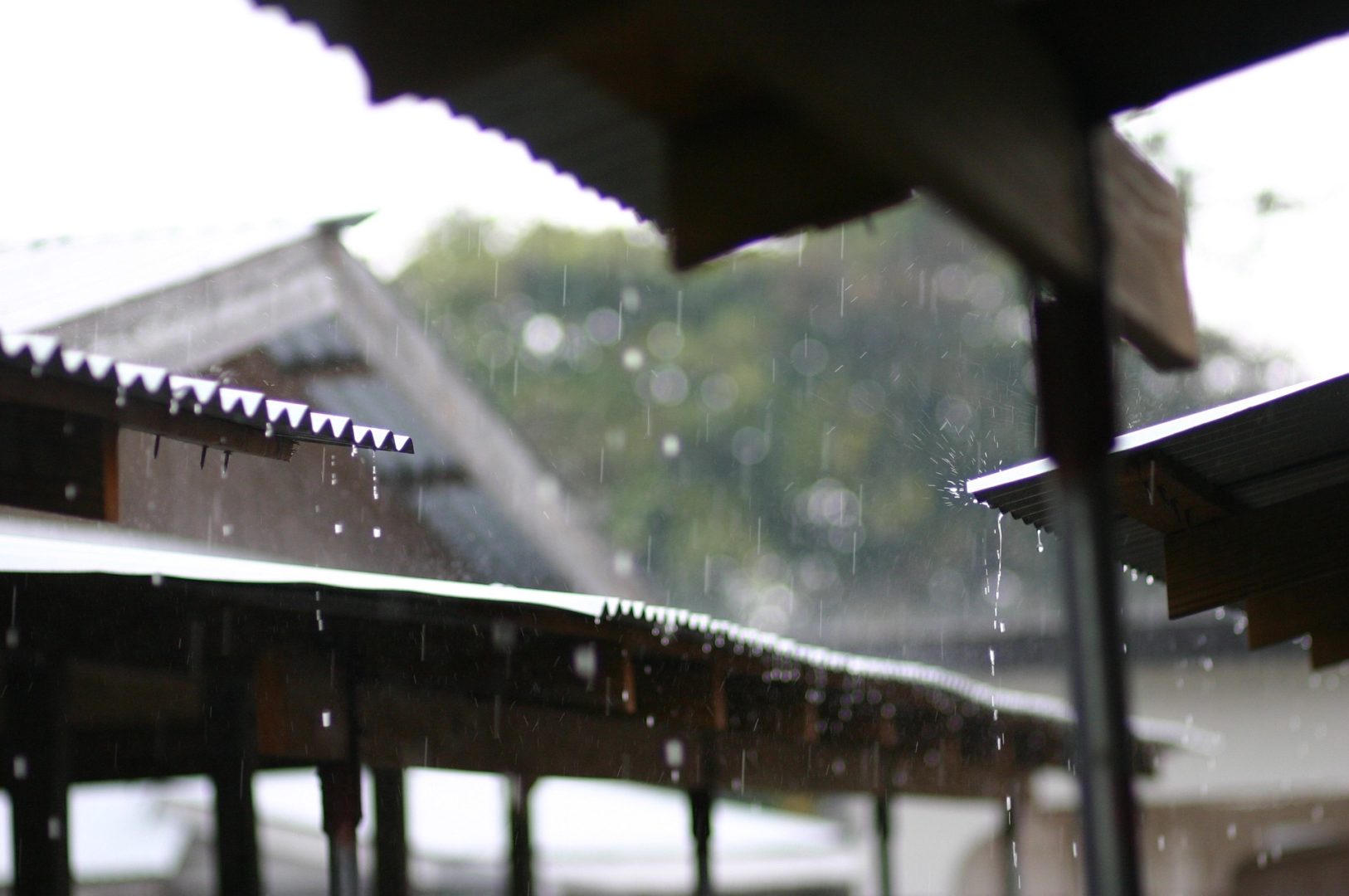
Let’s talk about waterproofing. This preventative measure helps to prevent water seeping into your chimney and causing damage to your fireplace. Often, water gets into the chimney through areas of damage or deterioration. Those damaged spots can look like cracks, voids, gaps, missing mortar, or other structurally unsound places.
It’s important to repair those spaces before applying waterproofing agents, otherwise, you’ll still run into issues with water getting into your chimney. You might also need to repair or clean the outside of the chimney before you add a waterproofing agent. That way you know your hard work won’t be undone!
Understanding Waterproofing
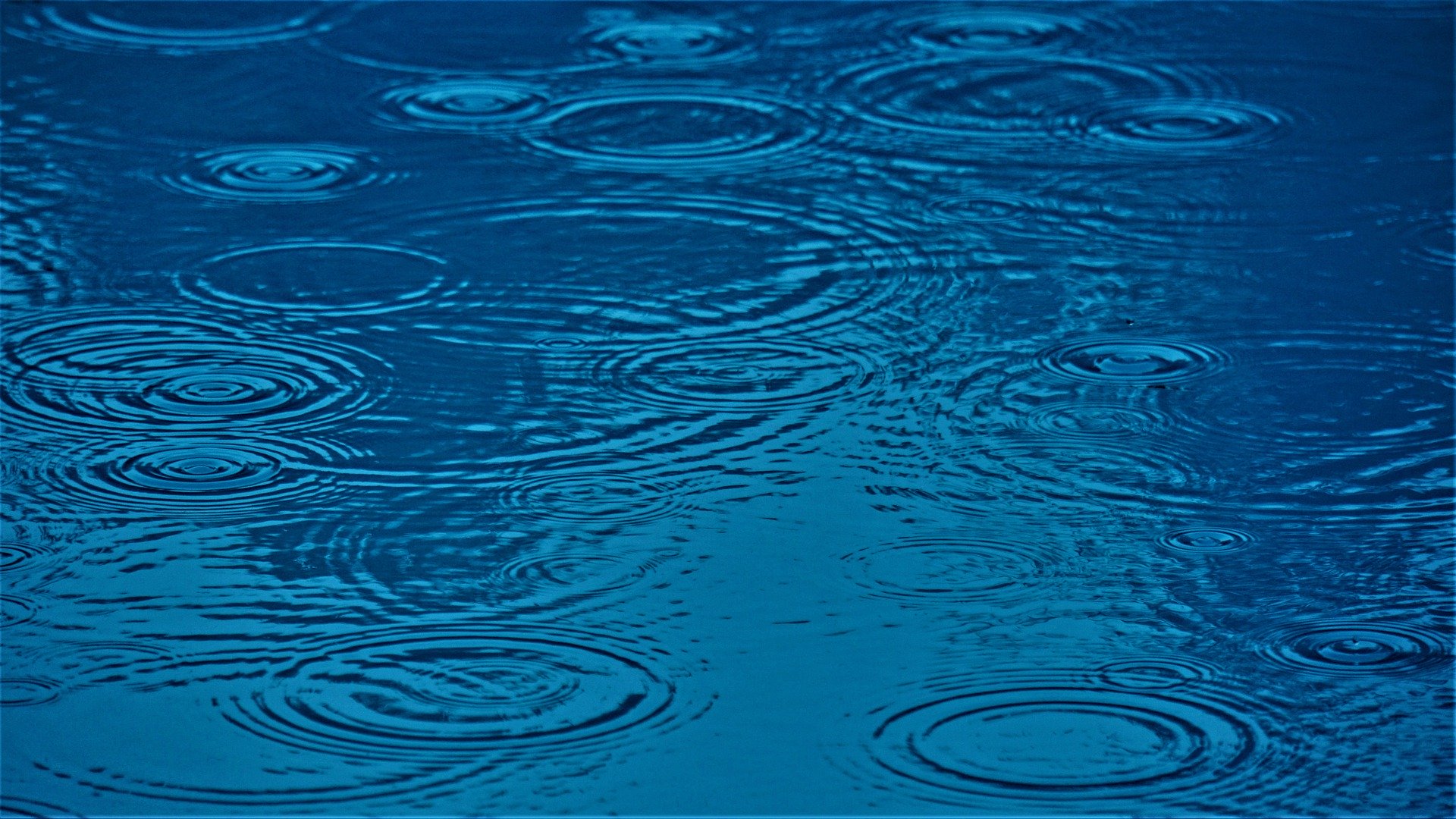
Now that you know what waterproofing is, it’s time to get into the meat and potatoes of what waterproofing your chimney is. As you get ready to apply a waterproofing agent it’s important to keep in mind that a lot of masonry materials used in chimneys have large pores and can store huge amounts of water. In essence, these materials are like big stone sponges!
Materials that easily absorb moisture can bring water into the chimney and damage the interior if no waterproofing agent is applied. Plus, a defective mortar can also increase the likelihood of water damage to the inside of your chimney.
When it comes to waterproofing your chimney, there are several different waterproofing agents you can use for a masonry chimney. The agents are made out of formulas that let vapors and airflow out of the chimney but which doesn’t allow water to get into the chimney. Most waterproofing formulas have a five to ten-year lifespan, meaning you won’t need to apply them too regularly. Remember, you never want to use paint or sealant as a waterproofing agent as this can trap moisture in the chimney and prevent it from breathing.
Remember, applying waterproofing is something that should be done to prevent future damages. If there are already issues with the chimney you’ll need to get these repaired before you add the waterproofing agent. Waterproofing won’t repair these damages and can lead to further damages if the deterioration isn’t taken care of before the agent is applied.
The Importance Of The Chimney
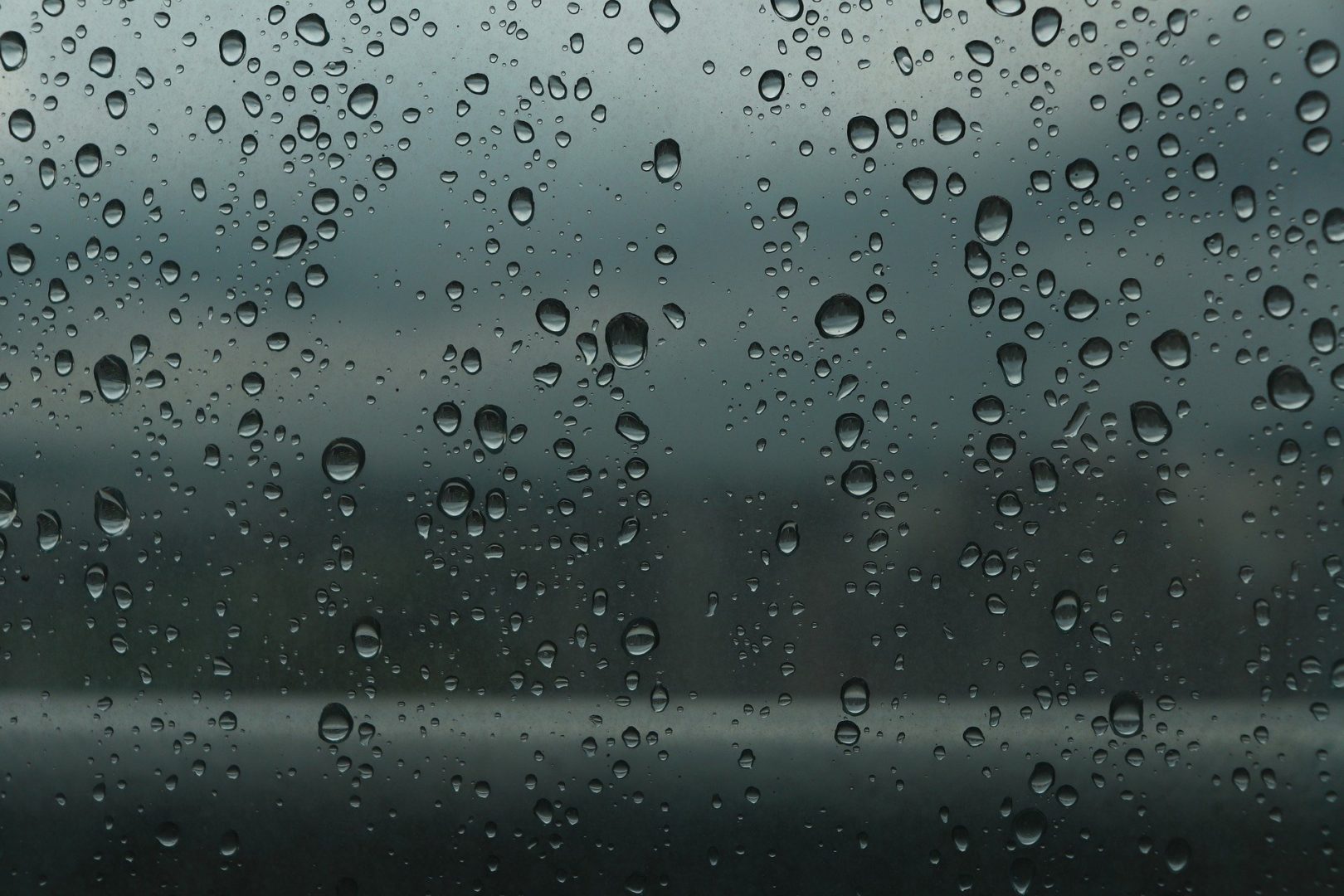
We often forget about the chimney because it’s tucked away in a part of the home where it’s not on the priority list. Plus, most chimneys function pretty well even when they’ve fallen into a state of disrepair. That only perpetuates the idea that chimneys aren’t important and don’t need the attention that they do in fact deserve.
However, it’s important to remember that the chimney is actually very important to your home. Chimneys have a simple appearance, but their structure is actually quite complicated in order for them to effectively perform the duties we require of them.
What’s more, chimneys that are neglected and damaged can actually pose a threat to the health and safety of your home. Damaged lining systems, obstructions in the flue, and loose masonry can cause harm to people living in the home. It’s important to maintain your chimney and keep it in good shape so that you can avoid large scale renovations, further damages, or deterioration to your chimney.
Chimney Construction
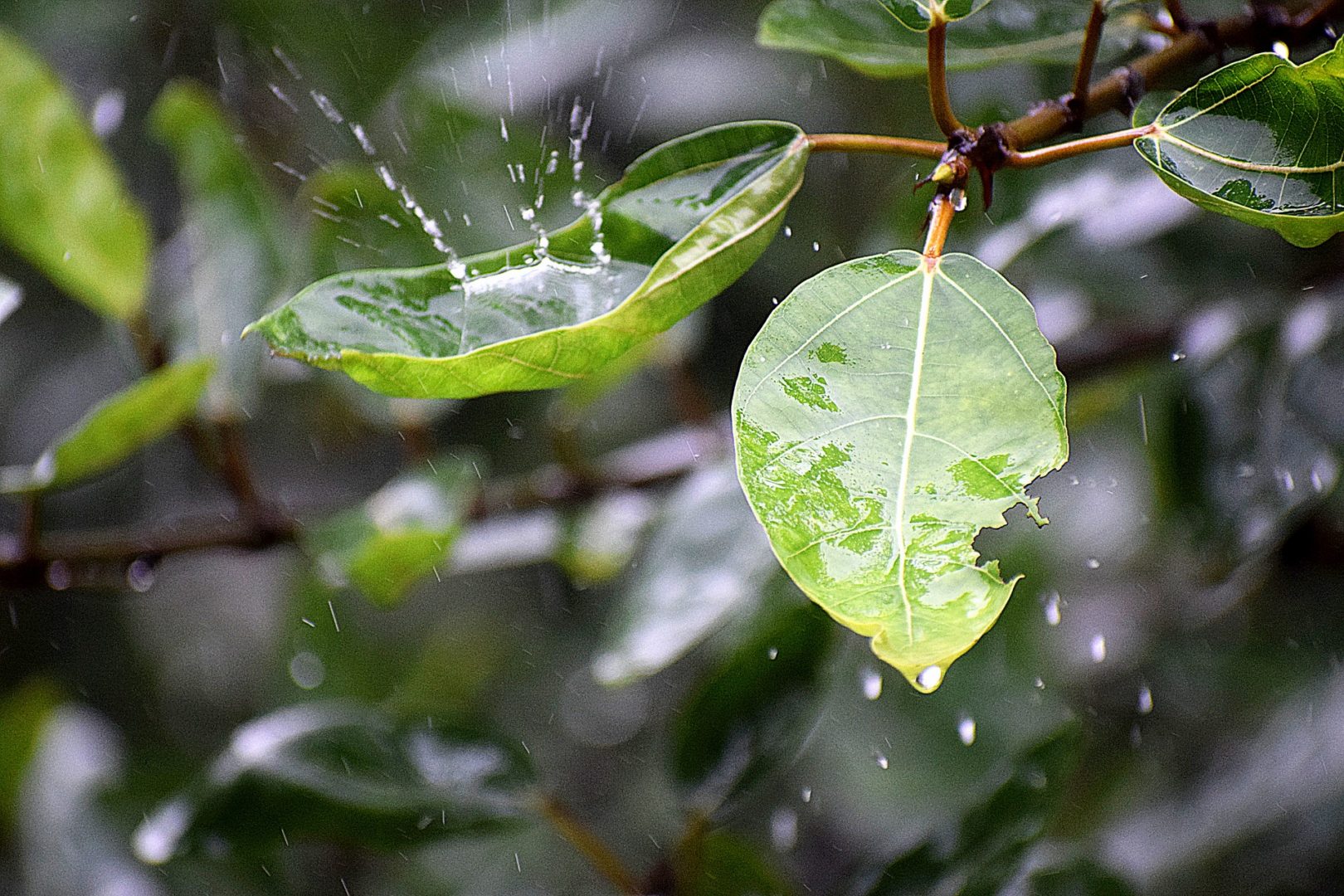
Chimneys aren’t made up of one simple material. They’re actually made up of a variety of different materials including metals and masonry. There are several different materials that can be used for the mainframe of the chimney, but the most common is masonry.
Some materials involved in the construction and basic structure of a chimney include brick, concrete, concrete blocks, mortar, stone, steel, cast iron, and flue tile. All chimneys which are made of masonry have some combination of the aforementioned materials. And, some masonry chimneys include all of those materials.
However, while these materials make for excellent chimneys which allow you to enjoy a toasty fire in the wintertime, they’re also materials that are prone to weather damage. In fact, all of these materials undergo serious damage if they come into direct contact with liquid or water.
Water Penetration And Your Chimney
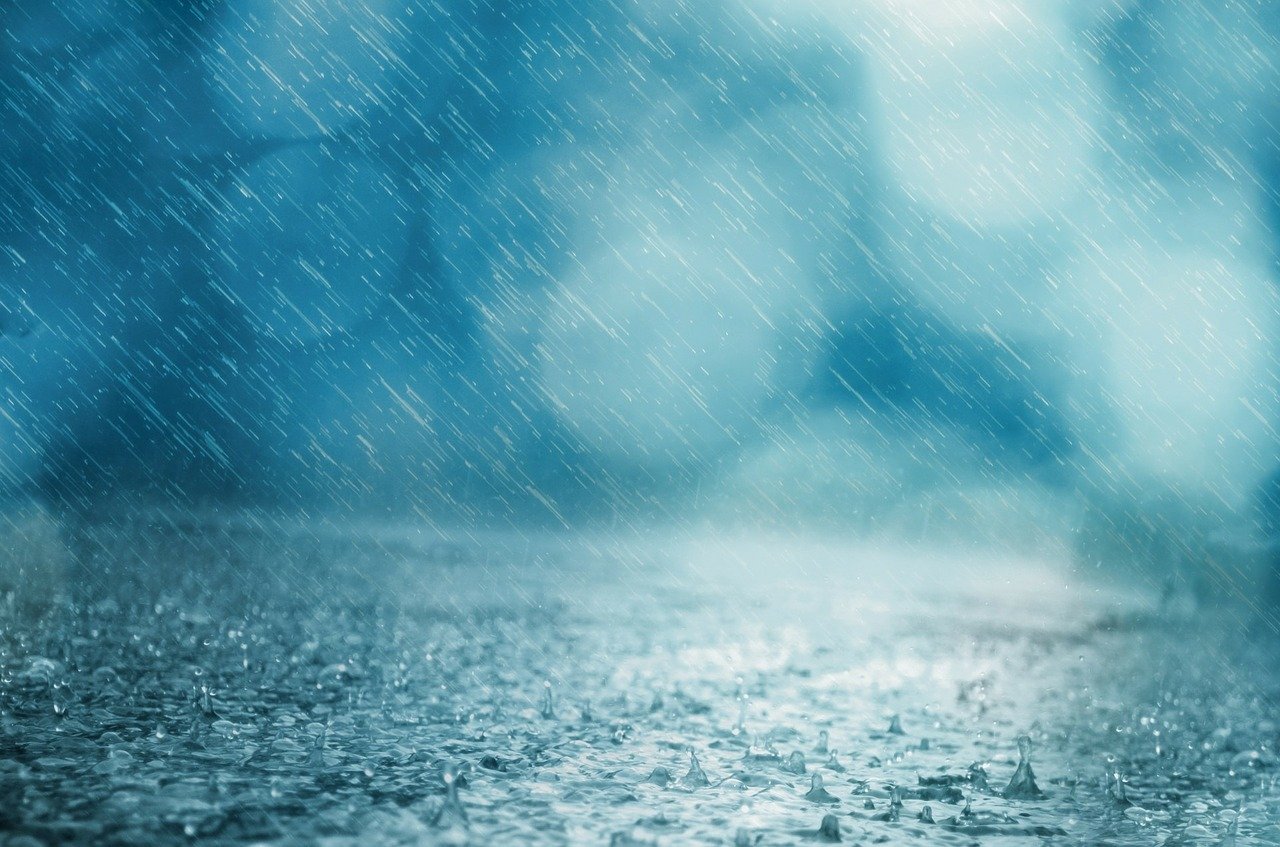
As stated earlier, all masonry materials used in the construction of chimneys undergo deterioration and damage when in touch with water. The only exception to this rule is stone, which will still be damaged but which deteriorates at a much slower rate than other chimney materials.
Stone, though typically not affected as much by water penetration, does require larger portions of mortar in order to hold the stone together than brick chimneys do. The mortar is easily affected by water penetration, leading to severe damages even in stone chimneys. That makes it even more important to protect your stone chimney with waterproofing agents.
The materials used in chimney building undergo an even faster deterioration process when they’re exposed to water which then freezes and thaws. This is because when water freezes its particles expand and place strain on the chimney materials. What’s more, contact with water leads to rust on metal fixings such as steel or cast iron, which are common in most masonry chimneys.
Over time, ongoing rust on metal fixings can lead to the metal to deteriorate completely, calling for expensive repairs or replacements on your chimney. Adding a waterproofing agent to your chimney can help prevent these types of damages and save you a great deal of money in the long run.
How Water Damages Your Chimney
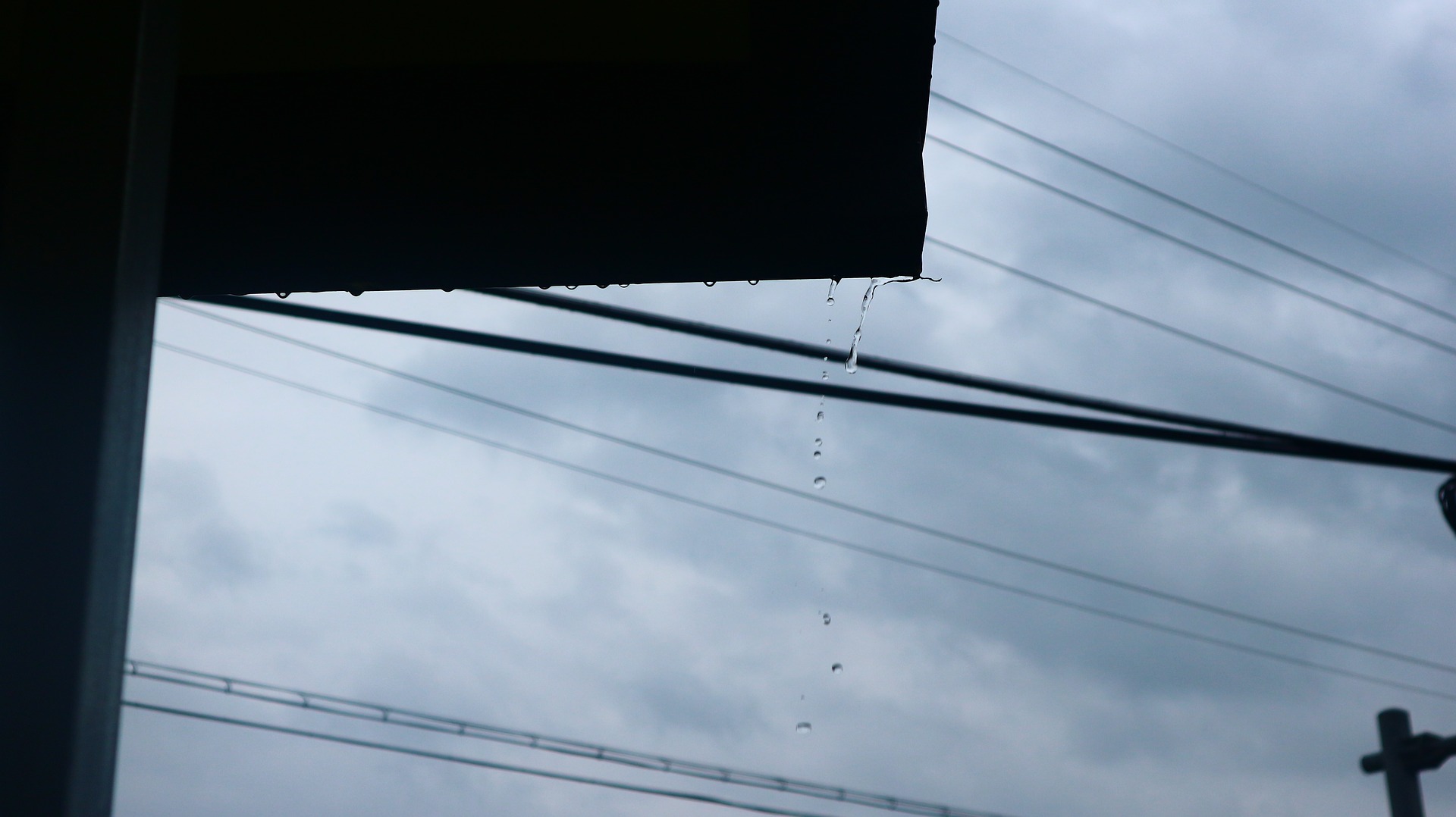
There’s no one way that water penetration damages your chimney. In fact, there are many different issues that can arise when your chimney comes into direct and prolonged content with water.
What’s more, these damages can happen to both the outside of the chimney as well as the inside of the chimney. Eventually, damages to the chimney can spread to the rest of the room where the fireplace is or even to the rest of the house.
One big issue with water penetration in chimneys is rust. Water penetration can lead to rusting on damper assemblies and can lead to rusting on fireplace accessories. It can also cause rusting on glass doors or on hinges or fire grates, making it unsanitary and dangerous for residents to open the fire grate and access the heart.
Water penetration doesn’t just cause rust to metal aspects of the fireplace. It can also lead to deteriorated metal firebox assemblies and can lead to deterioration in masonry firebox assemblies as well.
Another area where water penetration causes significant damages to the home is by rotting wood that’s adjacent to the fireplace or by ruining wall coverings next to the fireplace. From there, water damage can spread and lead to water-stained walls and ceilings and eventually can even lead to mold. And, as that mold and water damage spread throughout the home it can lead to deterioration in your central heating system.
Water damage can also clog the cleanout area in the fireplace and can lead to cracks and deterioration in the flue lining system. Plus, the hearth support can end up collapsing due to the water permeating the fireplace. This can in turn cause the chimney structure to tilt or collapse and the chimney to settle.
On the outside of your home water penetration will cause damages as well. For one, the exterior of your chimney could become stained. You could also run into issues in which the mortar on the outside of your chimney deteriorates, leading to unstable masonry and loose bricks on your chimney.
Let’s also not forget about unwanted odors! Water damage can lead to horrible smells that fill the home and cause discomfort for everyone involved. These smells can also cause issues for people who suffer from allergies or asthma, posing a health threat to you and your family.
How To Prevent Water Damage To Your Chimney
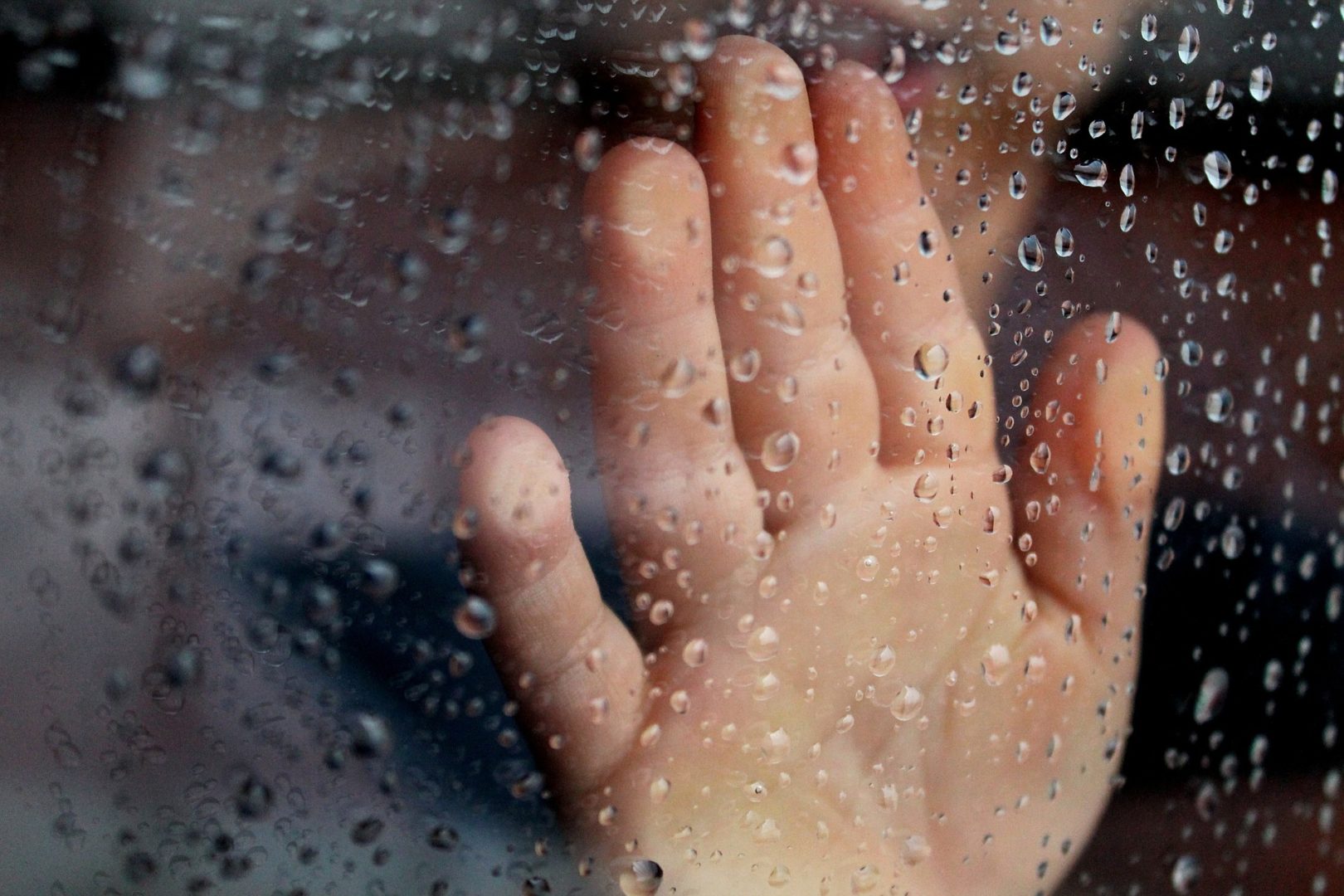
Now that we know how damaging water can be to your chimney, it’s time to talk about what preventative measures you can take. One of the cheapest ways to protect your chimney is to install a chimney cap.
Chimney caps, sometimes referred to as rain covers, prevent water from entering the chimney and damaging the structure. Rain covers are key for keeping your chimney clear of damages and maintaining the safety of your chimney. In fact, most chimney builders specify that a rain cover must be included as part of a chimney buildout in order to adhere to construction standards.
Another important reason for using a chimney cap is that it covers the flues at the top of the chimney which can let rainwater seep into the interior of the chimney. Most flues are big enough to let a significant amount of snow or rain into the home after just one winter. And winters are when freeze and thaw cycles typically take place and cause damage to chimneys.
A sturdy chimney cap isn’t just important for preventing water damage to the chimney, however. Caps also stop animals and birds from climbing into the chimney and making their homes inside. And, the stop sparks from leaving the chimney and potentially igniting the roof of the home or nearby trees or flammable materials.
The good thing about chimney covers is that they’re easy to install and remove. That way you can easily access the chimney if you need to clean it, go through an inspection, or repair the chimney. Most caps are made of durable materials that are resistant to corrosion and which are extremely sturdy.
These caps sometimes cover one flue, sometimes cover multiple flues, or even cover the entire top of the chimney. The size of the chimney cap you select will determine how much you will need to spend on your rain cover. However, keep in mind that the bigger the chimney cap, the better it will be able to protect your chimney and ultimately your home.
Understanding Suitable Chimney Crowns
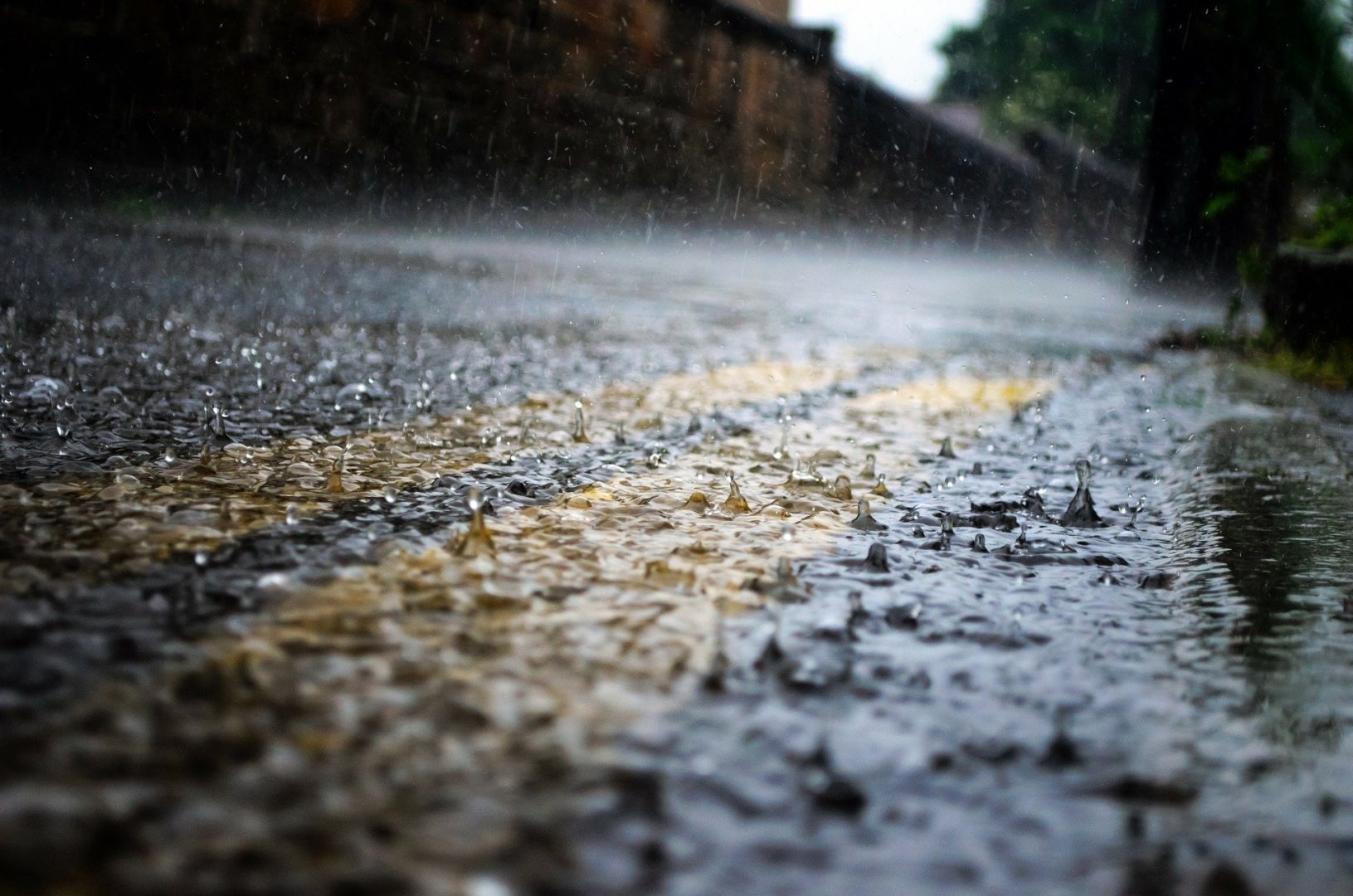
The chimney crown, or the chimney wash, is the top of the chimney. This area is what seals off the flue liner from the edge of the chimney. Usually, the chimney crown has a downward-facing slope that allows water to run off the chimney and stops it from entering the flue. This helps keep your mortar and brick from being damaged by erosion.
Unfortunately, most chimneys aren’t built with the proper crown. They’re often made out of simple mortar which will easily deteriorate from exposure to the weather, gets chipped often, and can develop cracks.
A chimney crown should be made out of a cement-based mixture that has a large overhang to prevent water from getting into the chimney. The crown’s overhang should be at least two inches, as should the flue liner to ensure that as little water as possible enters the chimney.
Repairing Deteriorated Mortar Joints
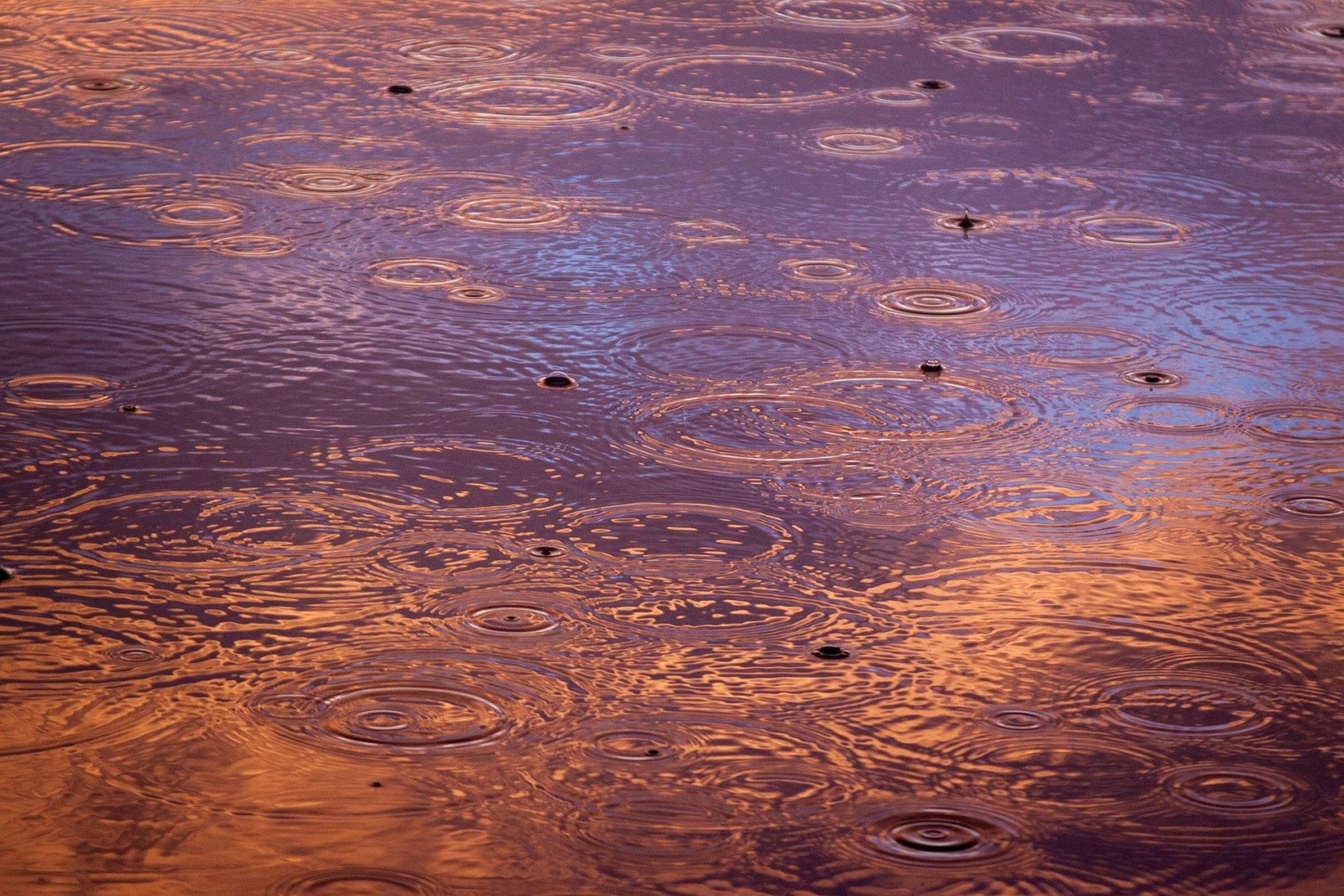
The mortar joints on your chimney can easily become deteriorated, making a convenient gateway for water to get into your chimney and cause damages. Mortar joints shouldn’t have any missing chunks or gaps and should have a form that directs water away from the joints. When mortar joints aren’t correctly constructed they can become deteriorated and in time more absorbent.
Luckily, repairing deteriorated mortar joints is relatively simple. A process called repointing is used to cut a depth into the existing mortar joint and then to pack new mortar into the now open space. From there, the joint is cut into a concave shape. When repointing is done correctly it will make the chimney look better as well as have a longer lifespan.
How Flashing Keeps Your Chimney Safe
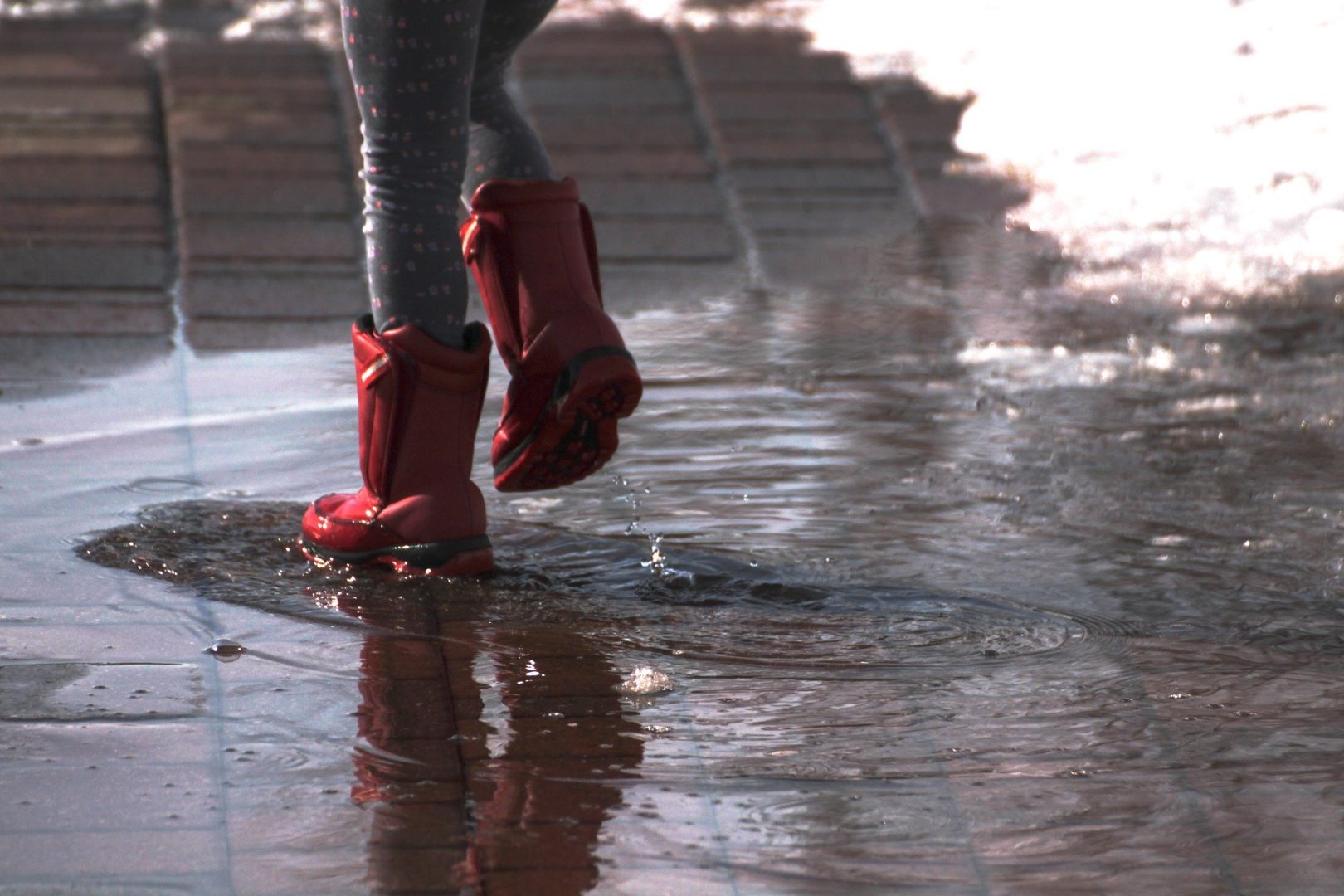
Another piece of the chimney that often succumbs to damages is the flashing. This is the seal between the chimney and the material on your roof. Flashing stops rainwater and snowmelt from dripping into your chimney and damaging the interior of your home.
It’s important to have proper flashing in place because it keeps the roof and the chimney safe and working the way they should. Flashing allows these materials to expand and breathe without breaking waterproof sealing on those materials.
Preventing Leaks With A Cricket
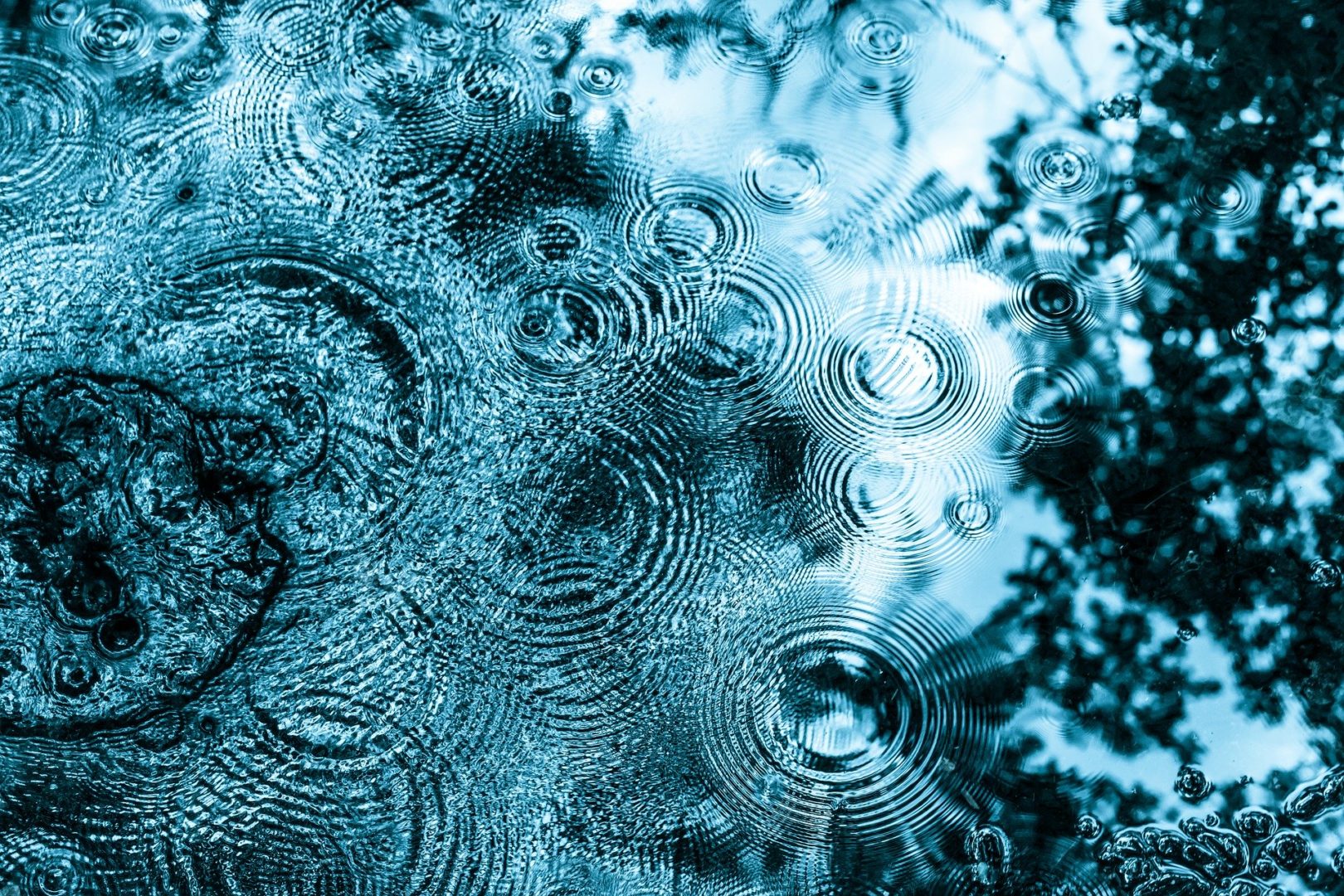
A Cricket is a type of water deflector that can direct water away from the chimney and can add a layer of protection from leaks and water damages. The cricket is a great way to protect chimneys that are located on the lower side of a roof and which are therefore exposed to the potential for more water damages.
Crickets should typically be installed on chimneys that are wider than 30 inches. It’s especially important to have a cricket in place on a roof that is steep or has a large slope.
No matter what you choose to do to prevent water from entering your chimney, it’s important to have a solid understanding of what water damages do to your home. Get ahead of water-related issues with the proper waterproofing methods and enjoy a clean and functional chimney for years to come!

